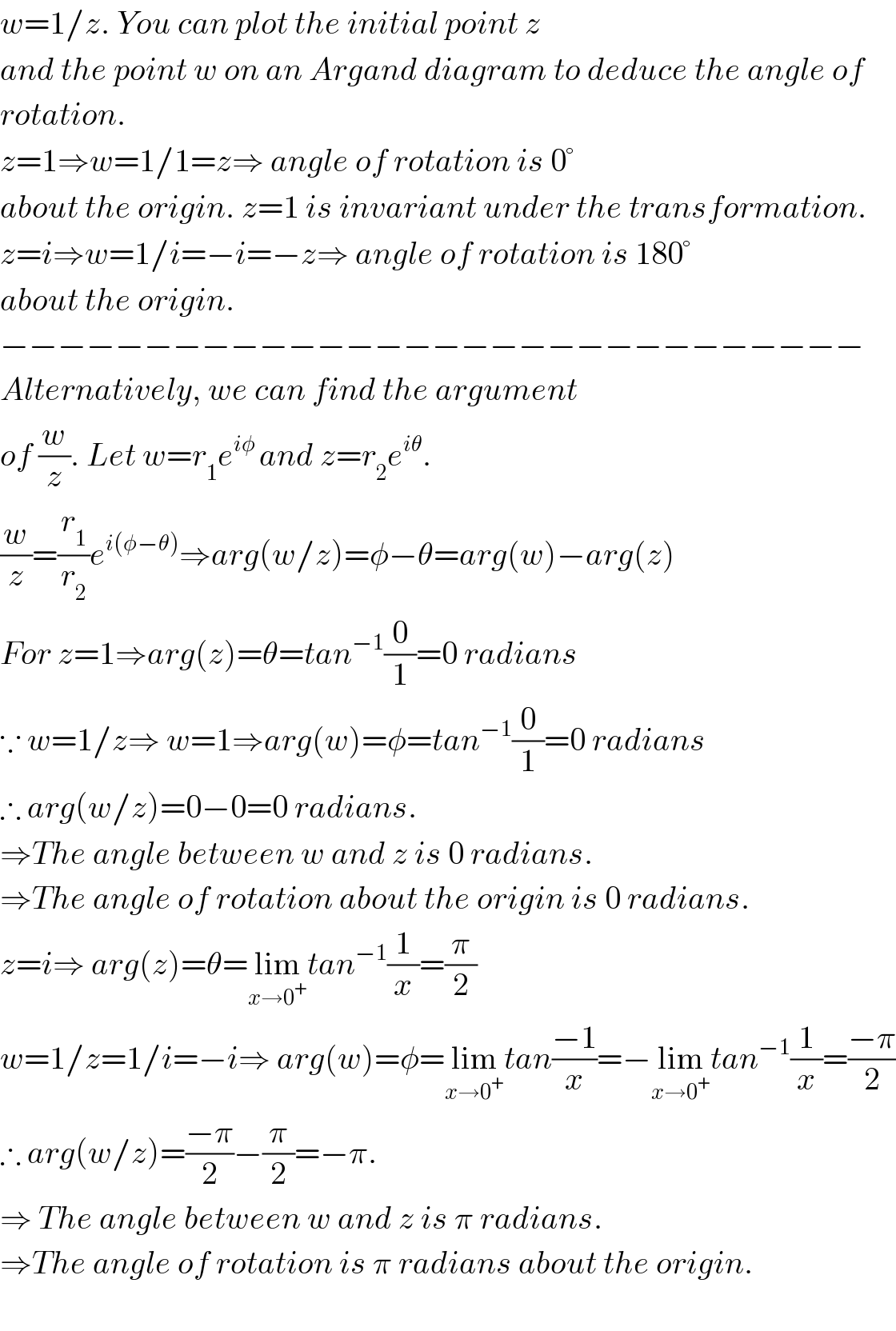
Question and Answers Forum
Question Number 7582 by A WLAN last updated on 04/Sep/16

Commented by A WLAN last updated on 04/Sep/16

Answered by Yozzia last updated on 04/Sep/16

| ||
Question and Answers Forum | ||
Question Number 7582 by A WLAN last updated on 04/Sep/16 | ||
 | ||
Commented by A WLAN last updated on 04/Sep/16 | ||
 | ||
Answered by Yozzia last updated on 04/Sep/16 | ||
 | ||
| ||